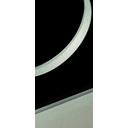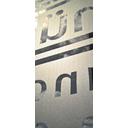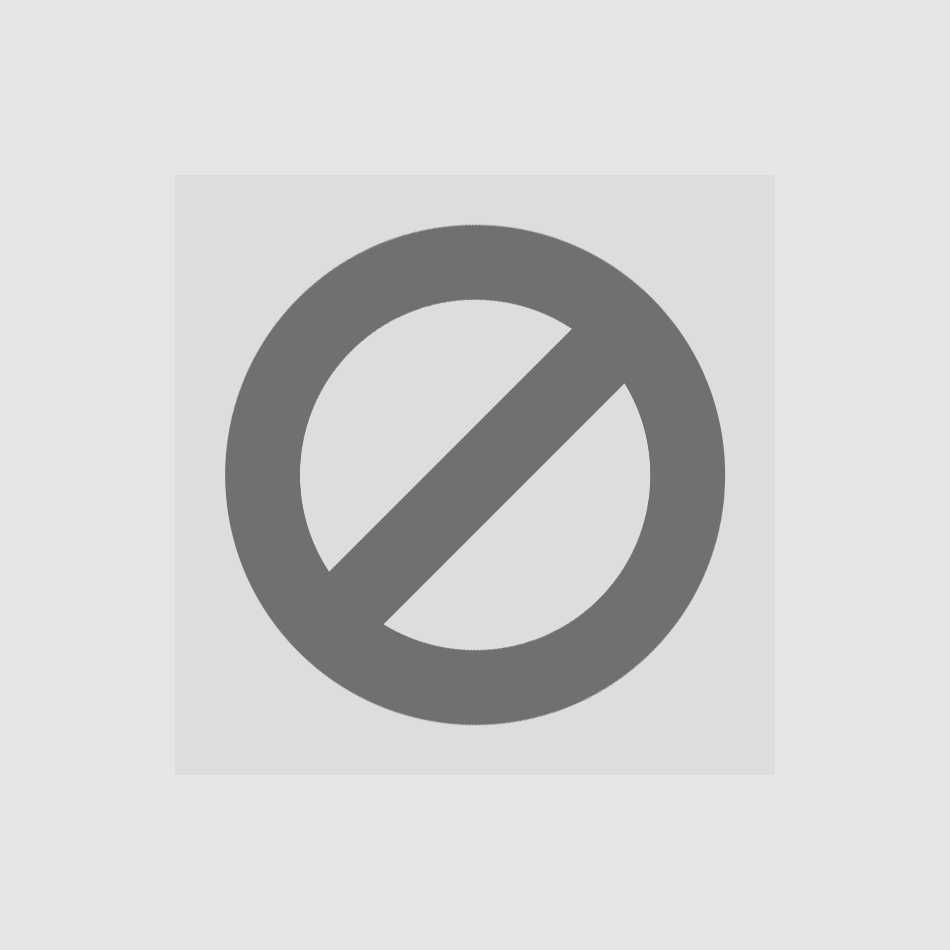Sandblasting glass
Blasting the material roughens the surface of the glass and makes it appear frosted. This is an intentional effect in order to present glass objects differently, remove their clarity, or provide the surface with a different feel. Certain engravings can even give the glass a 3D effect. When blasted for a longer period, even deep engravings and holes can be achieved. The use of sandblasting for mirror coatings and lacquered glass completes the range of our offerings in the field of technical blasting.
Application and technique
Examples of materials that can be blasted
- Float glass
- Mirrors
- Ornamental glass
- Wired glass
- Toughened glass
- Laminated safety glass
Examples of application
- Matting glass
- Engraving glass
- Matting mirrors
- Blasting holes in glass
- Parts of luminaire
- Bottles
- Pipes, half-shells, glass cups, vases, drinking glass
- Washbasins
Blasting material
- Corundum
Technical information and processing details
Sandblasting roughens the surface of the glass, which therefore becomes matte. The degree of roughness, the results on the surface, depends on the grain size, the type of the blasting material, the blasting pressure, the distance to the item, the duration of the blasting process, and the angle of impact. Our matte surfaces are treated with very fine blasting material in order to achieve a satin-like surface.
Before the items get sandblasted, those parts of the glass that need to stay translucent will be covered with a manually or computer-generated foil stencil, which we apply onto the glass by hand. By covering the glass surface with special foils, these areas stay clear, while the remaining parts get matte. By gradually removing the cover foils, multi-stage effects with different opacity levels can be achieved. With a special foil that resists the sandblasting particularly well, the glass surface can be engraved deeply. Even holes (for outlets, wash basins and so on) can be blasted, which makes blasting very suitable for complicated cutouts and recesses. Even in cases when a CNC machine or a water jet cutter cannot be used, or when they are too costly, blasting can be a viable and cost effective solution.
Warning: In the case of tempered glass, it must be ensured that when the item gets matted the tension can get lost on one side, and the panel breaks by itself. Thus, it is not possible to engrave tempered glass, or we do it only at your own risk!
Varnished parts are often coated with many different materials. In order to determine whether blasting is optimal and technically possible, a sample has to be made first. If it becomes apparent that blasting alone is too expensive, it is better to treat the coated products with a lye solution prior to the actual blasting process. Partner companies of 2M are happy to assist with this. Of course, you can also prepare your glass to be sandblasted at home. However, please use only the covering foils that we recommend, otherwise we cannot assume any liability for the blast results of the supplied item. We also cannot assume any liability for supplied glass.





